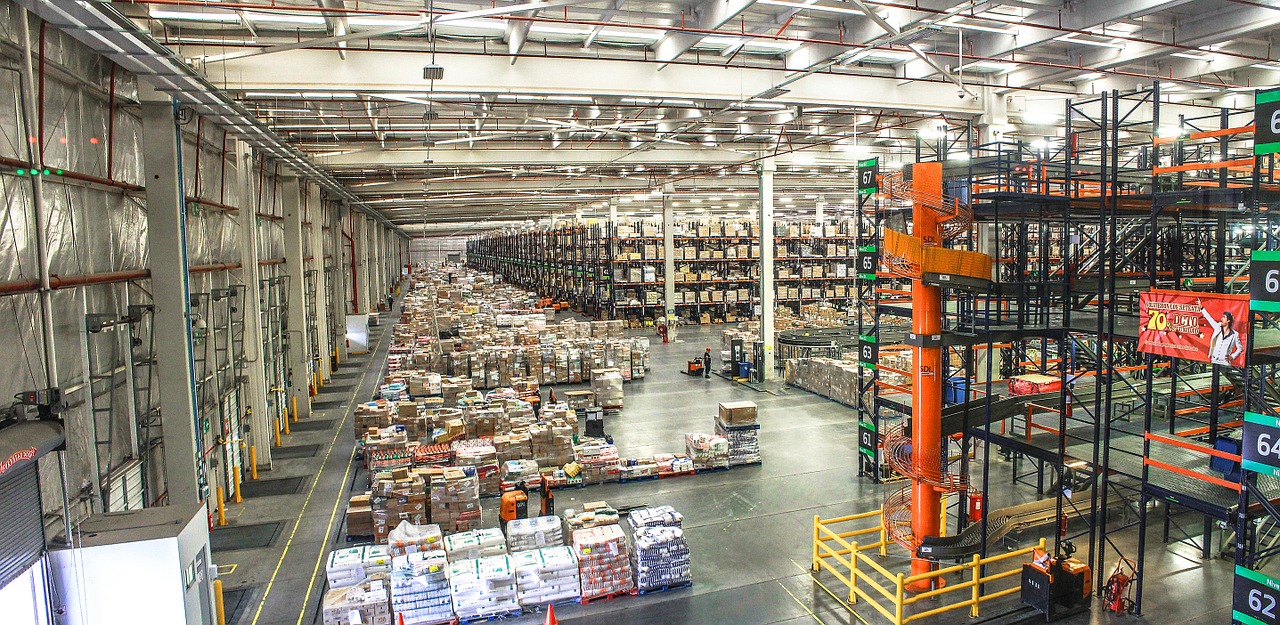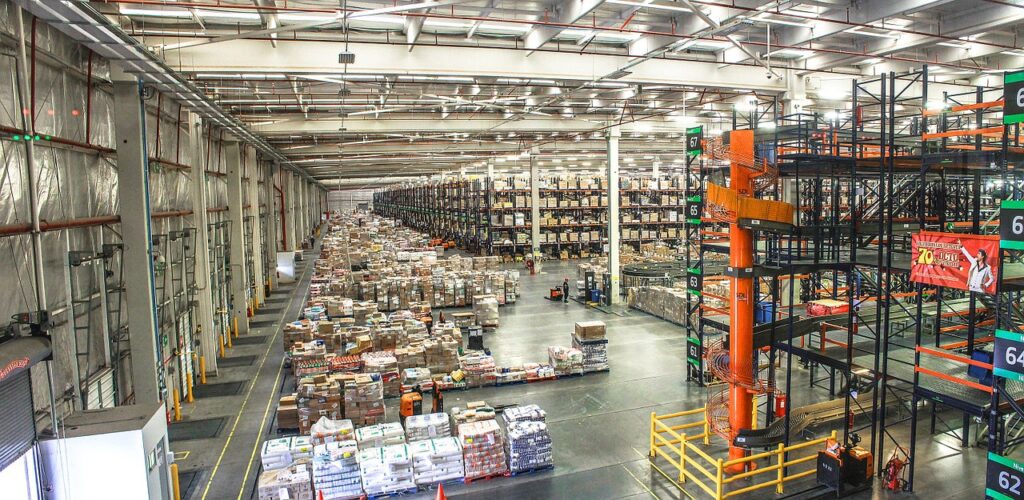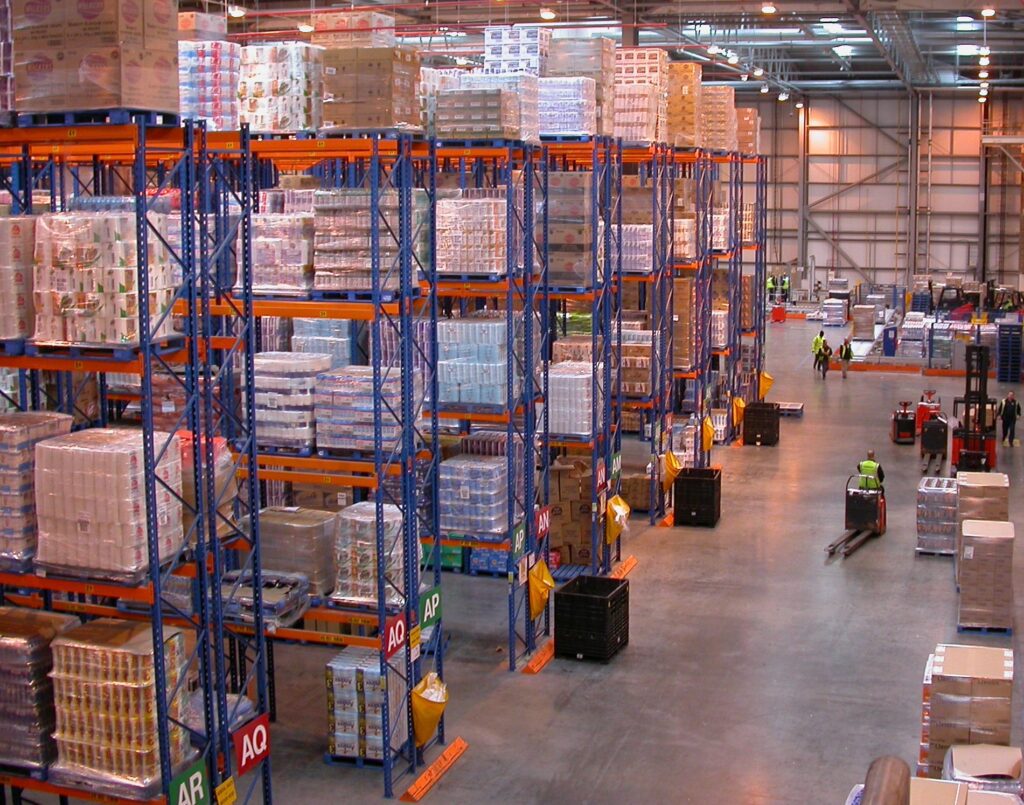
The utilization of Regional Distribution Centers (RDCs) in modern supply chain management has become a strategic imperative, offering both advantages and disadvantages for businesses navigating the complexities of distribution logistics.
This exploration delves into the five key advantages and disadvantages of Regional Distribution Centre delivery, shedding light on the multifaceted considerations that influence the decision-making process within the dynamic landscape of contemporary logistics.
What is regional distribution centre?

A Regional Distribution Center (RDC) is a type of facility within a supply chain that serves as a strategic point for the storage, consolidation, and distribution of goods to a specific geographic area or region. The primary purpose of an RDC is to efficiently manage and streamline the flow of products from manufacturers or suppliers to retailers or end consumers within a designated region.
What is the function of regional distribution center?
The function of a Regional Distribution Center (RDC) involves several key roles within the supply chain, contributing to the efficient distribution of goods within a specific geographic region. Here are five primary functions of a Regional Distribution Center:
Inventory Management
One of the primary functions of an RDC is to manage and control inventory for a specific region. The center serves as a storage facility for a variety of products, allowing companies to maintain optimal stock levels to meet regional demand while avoiding excess inventory.
Consolidation of Goods
RDCs play a critical role in consolidating goods from various suppliers or manufacturing facilities before distributing them to retailers or end consumers. This consolidation process helps to achieve economies of scale, streamline the supply chain, and reduce transportation costs.
Order Fulfillment
Regional Distribution Centers are responsible for fulfilling customer orders promptly and accurately. They handle tasks such as picking, packing, and shipping products to retailers or directly to consumers. This function contributes to faster delivery times and improved customer satisfaction.
Strategic Location for Efficient Distribution
The strategic location of an RDC is essential for optimizing the distribution network. Placing the center in proximity to major transportation hubs, highways, and target markets ensures efficient transportation, minimizing lead times and reducing overall logistics costs.
Cost Efficiency and Supply Chain Optimization
Regional Distribution Centers contribute to cost efficiency by minimizing transportation costs associated with shipping products over long distances. Through consolidation and strategic placement, RDCs help optimize the supply chain, improving overall efficiency and responsiveness to market demands.
In summary, the primary functions of a Regional Distribution Center include managing inventory, consolidating goods, fulfilling orders, strategically locating distribution points, and contributing to cost efficiency and supply chain optimization. By performing these functions effectively, RDCs play a crucial role in ensuring the smooth and efficient flow of goods through the supply chain to meet regional demand.
The benefits of RDC delivery

Regional Distribution Center (RDC) delivery offers several benefits within the supply chain and logistics operations. Here are five key advantages:
Reduced Transportation Costs
RDC delivery helps reduce transportation costs by consolidating goods in a centralized location. By distributing products regionally rather than from a central warehouse, companies can benefit from shorter transportation routes, lower fuel costs, and decreased overall shipping expenses.
Faster Delivery Times
With strategically located RDCs, companies can achieve faster delivery times to customers and retailers within a specific region. Proximity to major markets and transportation hubs allows for quicker response to demand, enabling companies to meet customer expectations for timely deliveries.
Improved Inventory Management
RDCs contribute to more efficient inventory management by strategically holding stock based on regional demand patterns. This reduces the need for excess inventory and helps companies maintain optimal stock levels, minimizing the risk of stockouts or overstock situations.
Enhanced Customer Satisfaction
Faster and more reliable deliveries resulting from RDC operations contribute to improved customer satisfaction. Customers appreciate prompt order fulfillment and reliable delivery services, which can positively impact a company’s reputation and customer loyalty.
Optimized Supply Chain Efficiency
RDC delivery supports the optimization of the entire supply chain. By strategically placing distribution centers, companies can achieve a more streamlined and responsive supply chain. This includes minimizing lead times, reducing bottlenecks, and improving overall operational efficiency.
In summary, RDC delivery provides benefits such as reduced transportation costs, faster delivery times, improved inventory management, enhanced customer satisfaction, and optimized supply chain efficiency. These advantages make RDCs a valuable component of a logistics strategy, especially for companies looking to improve their regional distribution capabilities and meet the demands of a dynamic market.
The drawbacks of RDC delivery

While Regional Distribution Center (RDC) delivery offers several benefits, it is important to consider potential drawbacks and challenges associated with this logistics model. Here are five drawbacks of RDC delivery:
Initial Investment Costs
Establishing and maintaining RDCs require significant initial investment in infrastructure, technology, and personnel. Companies may need to build or lease distribution centers, invest in advanced inventory management systems, and hire skilled staff. The upfront costs can be substantial and may pose a financial challenge for some businesses.
Complexity in Network Management
Operating a network of RDCs introduces complexity to supply chain management. Coordinating inventory levels, order fulfillment, and transportation across multiple distribution centers can be challenging. Companies must invest in robust systems and processes to effectively manage and synchronize the activities of each RDC.
Risk of Overstock or Stockouts
While RDCs aim to optimize inventory management, there is a risk of either overstocking or experiencing stockouts. Variability in demand across regions, inaccurate demand forecasts, or disruptions in supply chains can lead to imbalances in inventory levels. This can impact both operational efficiency and customer satisfaction.
Increased Handling and Transportation Costs
RDCs involve additional steps in the supply chain, including handling and transportation between the central warehouse and the regional centers. These additional steps may result in increased handling costs and transportation expenses, potentially offsetting some of the anticipated cost savings.
Environmental Impact
While RDCs can contribute to reduced transportation costs, the increased number of distribution centers may lead to higher overall energy consumption and environmental impact. Additional transportation routes between the central warehouse and regional centers can result in increased carbon emissions, especially if not managed with sustainability in mind.
It’s essential for businesses to carefully assess the specific needs of their supply chain and weigh the benefits against the potential drawbacks when considering the implementation of a Regional Distribution Center strategy. Effective planning, advanced technology, and continuous monitoring can help mitigate some of these challenges and ensure the successful operation of an RDC delivery model.